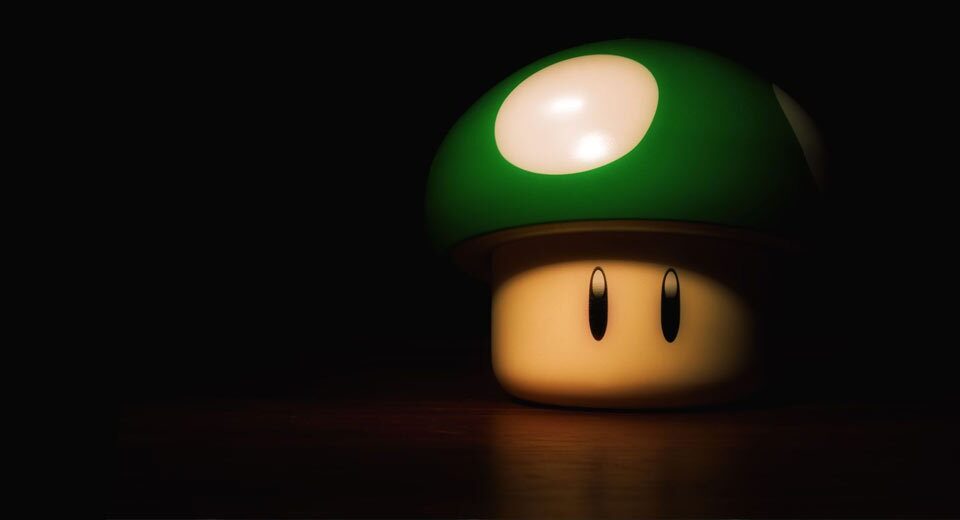Well, strictly speaking, quarters and ten pence pieces were, as these were the glory days of the video game arcade.
Lives were a record of your achievements and a measure of your skill. Bragging rights were defined by how many you used or saved. When I was a kid completing level 1 of Double Dragon without losing a life was a particular badge of honour, begrudgingly acknowledged by my friends as I glowed with smug pride.
When I was ten the amount of pocket money I received was mentally divided up into lives before it had even left my dad’s wallet. Lives and continues were the method by which players were encouraged to pump money into arcade machines. As a result, game design focussed on short, sharp thrills. Fighters, racers and tricky shoot ‘em ups were the order of the day. (I don’t recall many text adventures making it into the arcades.)
Most of these games were purely focused around play. They were easy to understand, but difficult to master. Challenges that required repeat attempts, which would naturally require more cash. Game length was defined by how long it took you to master a title, rather than by how long you spent exploring every crevice. And unlike today there was little interest in creating any kind of narrative experience.
Whether by design or accident, the arcade model also became the norm for most games played on home consoles in the 8 and 16-bit era. These machines struggled to match the arcades for spectacle, but they retained everything else. Even as the explicit tie between the cash in your pocket and the number of lives on-screen disappeared, there was still the need for a fail state. And so lives remained.
In most titles of the time, running out of lives truly meant game over. Going back to Super Mario Bros. demonstrates that Nintendo where not always so generous in giving out green mushrooms. Losing your final life on world 7-2, is a crushing reminder of how things used to be. (and a reason to be thankful for the Virtual Console’s save state feature.)
The last thirty years has seen the nature of game design change immeasurably, but the challenge of creating balanced fail states remains. With home gaming now the norm various methods are in employ. Some titles are overly liberal with lives, some feature recharging health-bars and others just do away with them completely, offering unlimited restarts or rewind features. You die. You lose a life. You restart.
There are no longer consequences to constant failure. To pick another Mario example, a game like Super Mario 3D Land can liberally dish out lives like they are going out of fashion because, maybe, they just are. Games such as Rayman Legends and Limbo are even more generous. There is no limit on lives and death is only lightly punished as the player is politely returned a few steps from the scene of their demise. Even a notoriously difficult title, such as the sadly overlooked Donkey Kong Country Returns, offers a wealth of items that give the player a second bite of the cherry.
This is not only the preserve of old arcade-style games. Newer genres are also affected, particularly shooters. As games continue to strive for realism it seems a peculiar practice to sit behind a rock waiting for your health-bar to gradually creep up. Sure, it’s an improvement over health-packs. Or is it?
Is the thrill of the journey enough for today’s players? Does challenge no longer have a place and is there room for games to explore new types of fail states that will reduce frustration but still offer a measure of skill progression.
So should lives be banished, or is it more a problem of execution? Speed can certainly help. Indie fave Hotline Miami is a tough and rather unforgiving game. Death can mean minutes of progress lost but developers Dennaton Games ensure that you are thrust back into action in a heartbeat, ready for another go (see also, the Trials series). In these instances, failure is punished, but by reducing the friction between death and rebirth it becomes a palatable learning experience.
In contrast, losing a life in, the otherwise wonderful, New Super Mario Bros U means being kicked out to the map screen to endure seconds of frustrating delay. It feels antiquated and makes the punishment all the more irritating.
Lives are no longer tied to money. And as mainstream games become easier than ever they are no longer tied to challenge either. So what are they for, and how we find a new way to manage the conflict between an enjoyable experience and obstacle?






